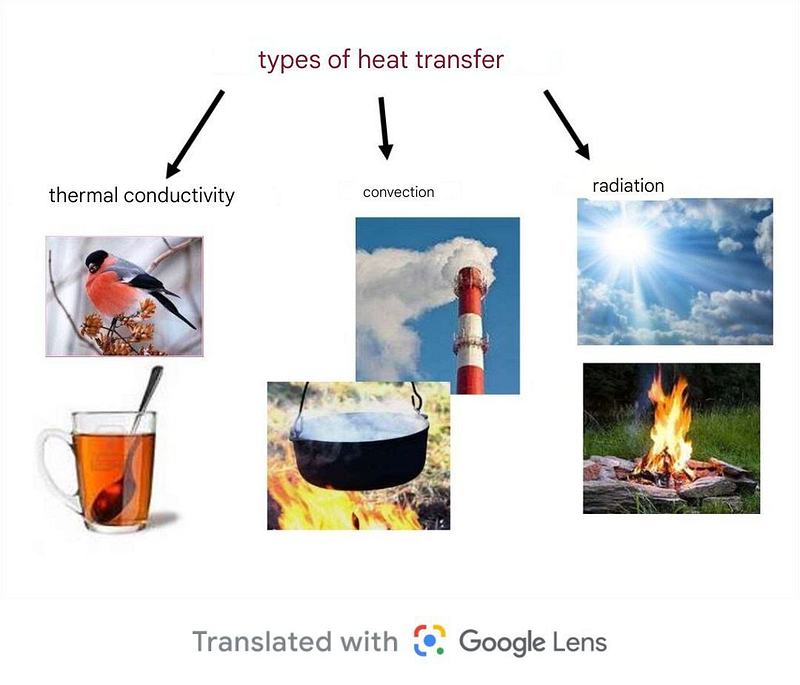Why Does Space Remain Cold Despite the Sun's Intense Heat?
Written on
Chapter 1: Understanding the Coldness of Space
Our curious audience frequently asks why, despite the Sun's intense warmth that heats our planet, space remains frigid. This fascinating inquiry invites us to explore the scientific principles behind it, so let’s dive deeper into this topic together.

Types of Heat Transfer
In all materials, particles are perpetually in motion, colliding and interacting with one another. The energy generated from these movements is referred to as internal energy or heat. To simplify this complex concept, we often rely on temperature as a practical gauge of heat content: when an object absorbs heat, its temperature increases, whereas it decreases when heat is lost. Heat can transfer between objects through three primary methods: conduction, convection, and radiation.

The Temperature of Space
Conduction is effective in solids, while convection occurs in liquids and gases, but not in solids. Radiation, however, can occur under any condition, including in a vacuum. Space, being a vacuum, relies solely on radiation for heat transfer. When solar radiation strikes an object, its atoms and molecules absorb the energy, causing them to vibrate more rapidly, which elevates the object's internal energy and temperature. An object orbiting near Earth that is exposed to sunlight can reach temperatures of about 120°C.

The temperature an object attains is influenced by its proximity to the Sun; the closer it is, the warmer it gets. Conversely, if an object has no nearby stars to provide warmth, it will gradually lose heat and cool down to approximately 2.7 Kelvin (-270 degrees Celsius), which corresponds to the temperature of the cosmic microwave background radiation that fills the Universe.
Chapter 2: Earth's Temperature Stability
The first video titled "Why is space so cold if the sun is so hot?" explores this phenomenon further, shedding light on the reasons behind space's frigid temperatures despite solar heat.
Why Isn’t Earth So Hot?
Examining the Moon’s surface reveals temperature extremes, with daytime highs reaching +127°C and nighttime lows plunging to -173°C. Why, then, does Earth experience milder temperature fluctuations?

The stability of Earth’s temperature is largely due to our atmosphere. It plays a vital role in reflecting some infrared radiation and distributing heat evenly across the planet. Additionally, the continuous movement of the atmosphere and water enhances heat distribution and dissipation, a process that is essential for maintaining a balanced climate.
In summary, space isn’t inherently cold; it only appears so in the absence of nearby stars or when in the shadows of celestial bodies.
The second video, "Space has BILLIONS of Stars, Yet it is Cold. Why?" provides further insights into the mysteries of space temperature and its implications.
If you want to see more articles about space in your feed, give us a clap! Subscribe to our channel and feel free to ask your questions, which I will address in future articles.